A History Of Getting High
Ever wondered which drugs were trending during the Salem witch trials? Or, which year ecstasy rose to fame? We've made you a drug timeline to document the history of getting high...
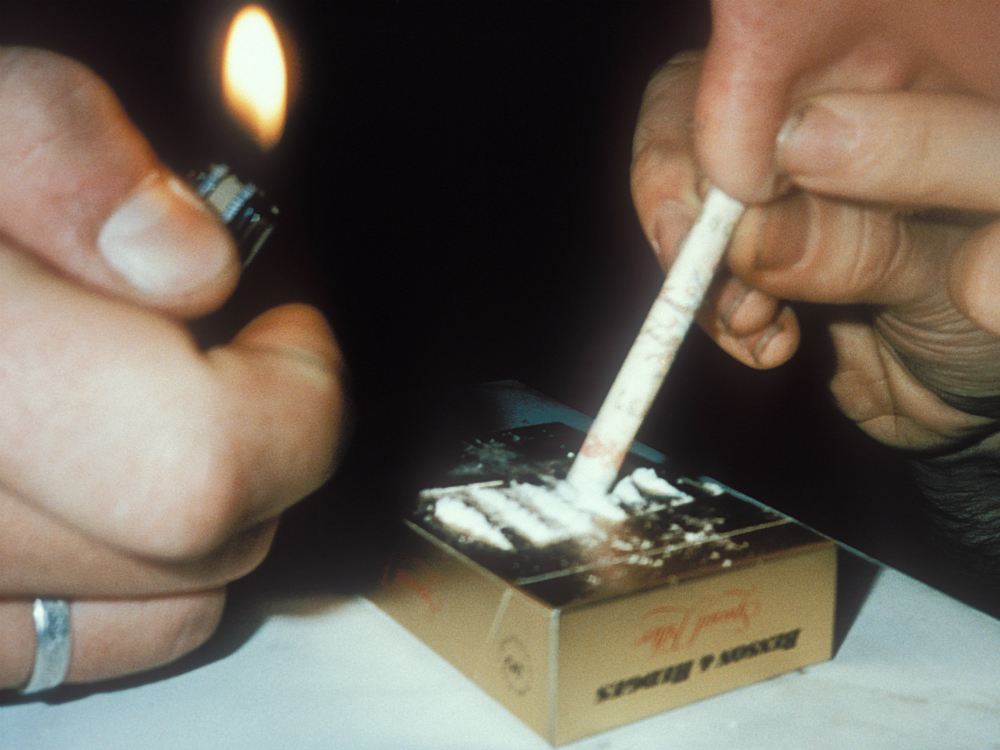
Ever wondered which drugs were trending during the Salem witch trials? Or, which year ecstasy rose to fame? We've made you a drug timeline to document the history of getting high...
1692 The Salem witch trials and ergot Bewitched… or just high? Ergot, a fungus that forms in old rye bread, causes hallucinations and leaves you feeling stoned – or, err, possessed. No surprise then, that most witch trials occurred in areas where rye was the grain of choice.
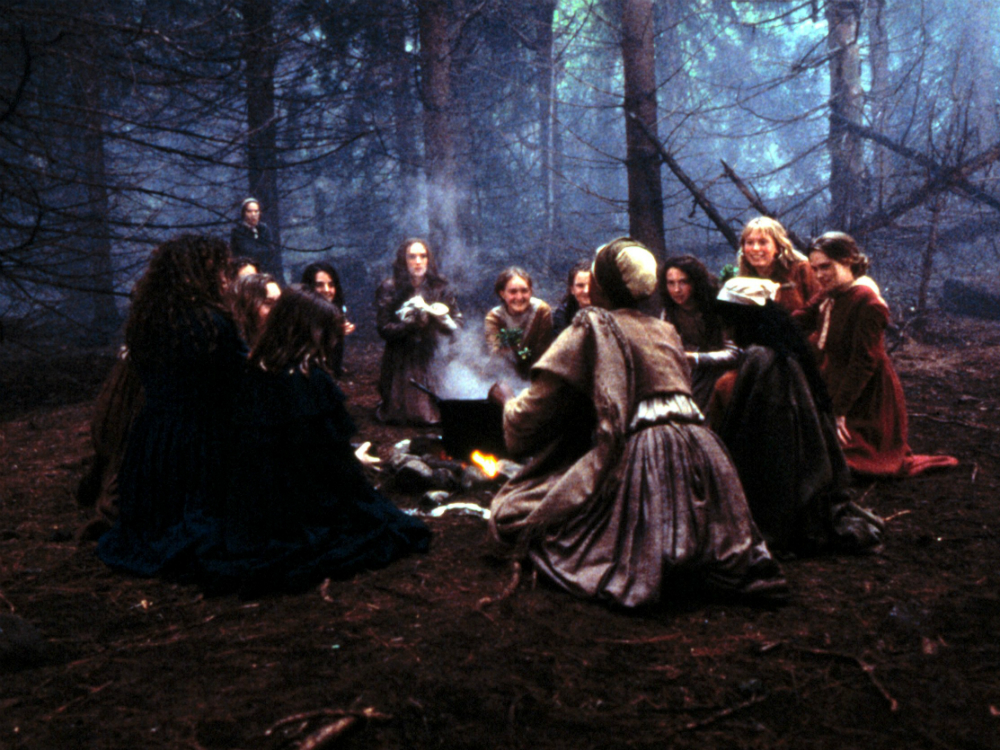
1837 Opium Not yet known for its addictive properties, opium was sold freely – and went by the name of ‘Mother’s Friend.’ It was thought to keep women quiet and calm – and was used to assist during childbirth and relieve PMT.
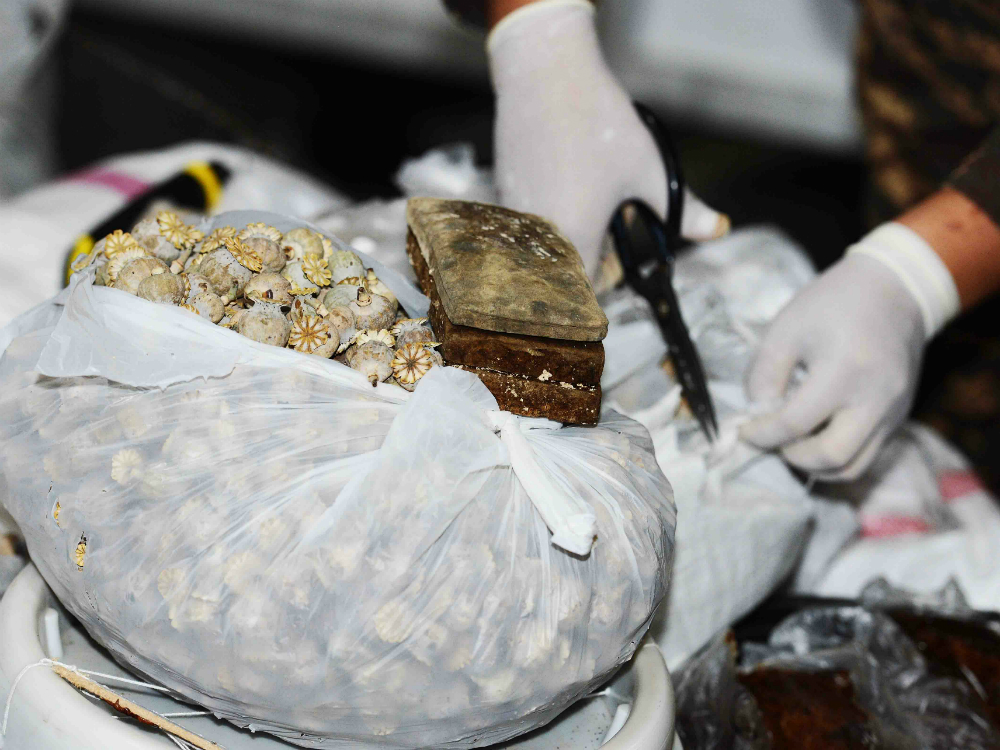
1840 Weed Cannabis was widely prescribed to cure various illnesses, but more so for diseases associated with women, such as gonorrhoea, uterine bleeding and labour pains.
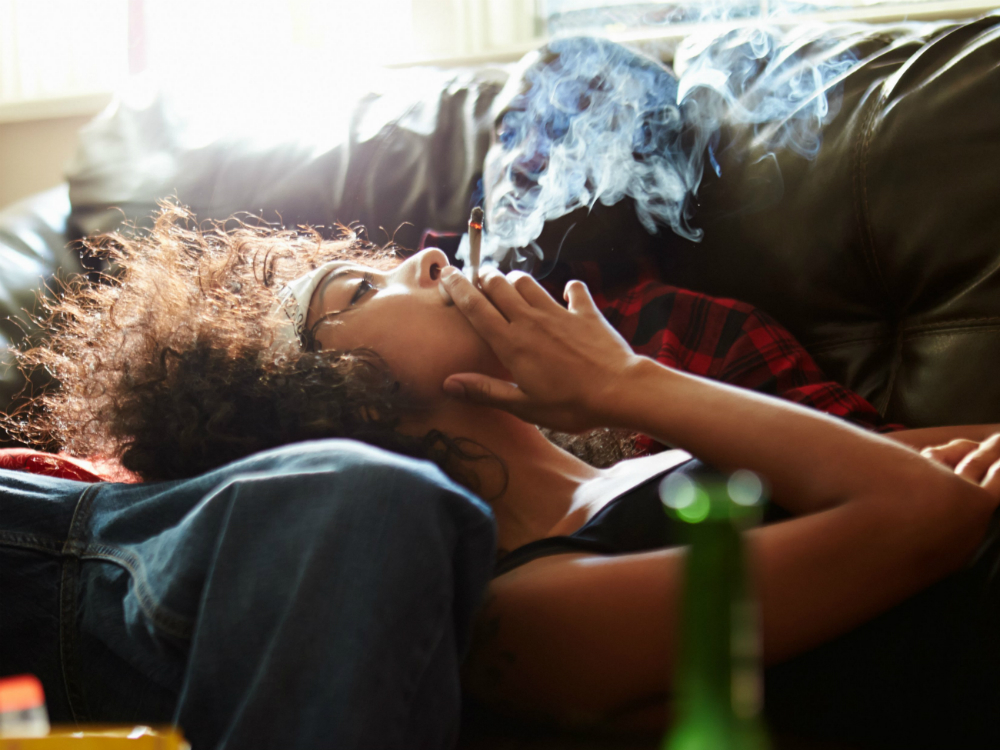
1877 Cocaine Cocaine was commonly used to relieve aches experienced by women, such as cracked nipples, vomiting during pregnancy and painful intercourse.
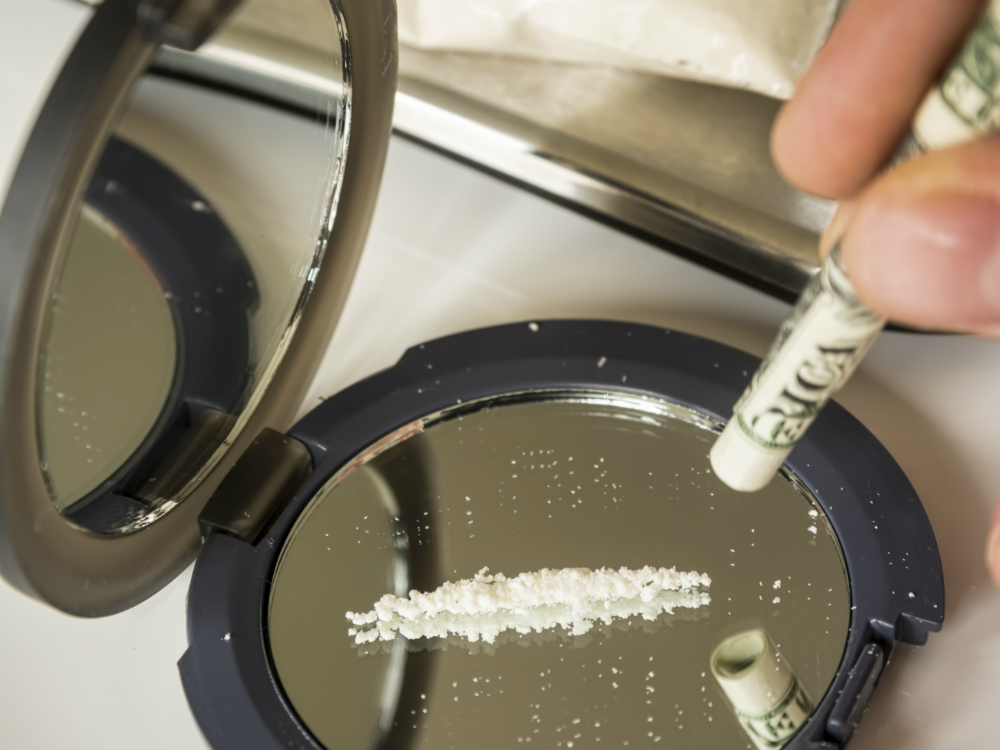
1920s Cigarettes During the 20s, cigarette manufacturers began to target women in their marketing campaigns. They linked the benefits of cigarettes to weight loss, and designed tips that wouldn’t stick to lipstick.
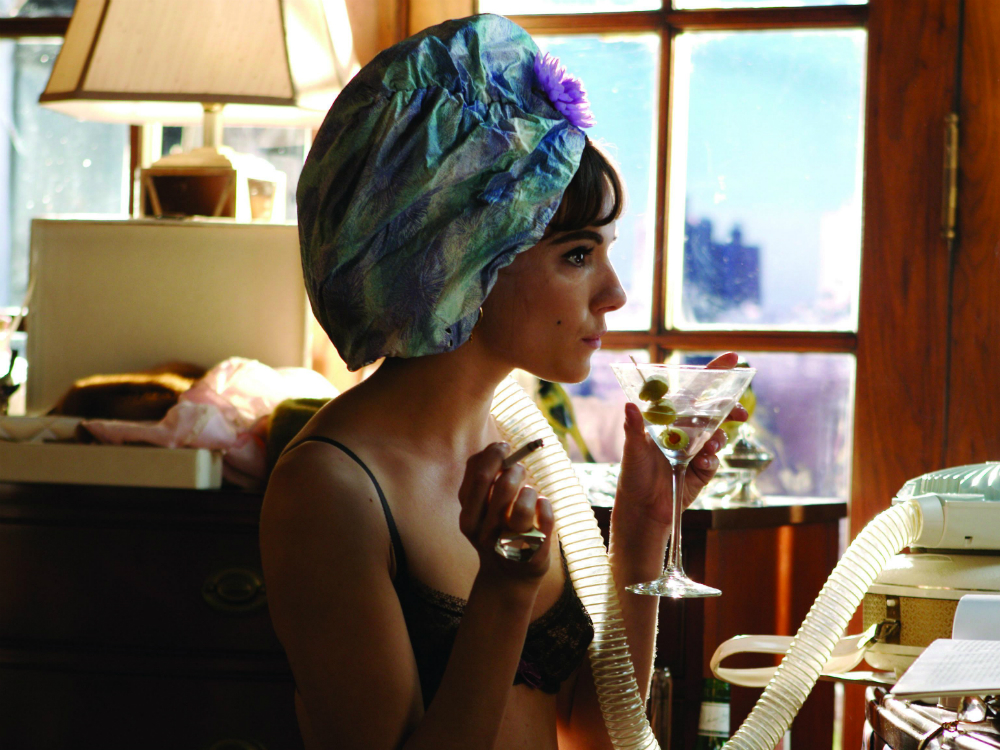
1968 Valium (diazepam) Although a prescription drug, Valium became one of the most overprescribed antidepressants for women. It was used to help them with ‘the daily struggles of womanhood’.
Marie Claire Newsletter
Celebrity news, beauty, fashion advice, and fascinating features, delivered straight to your inbox!
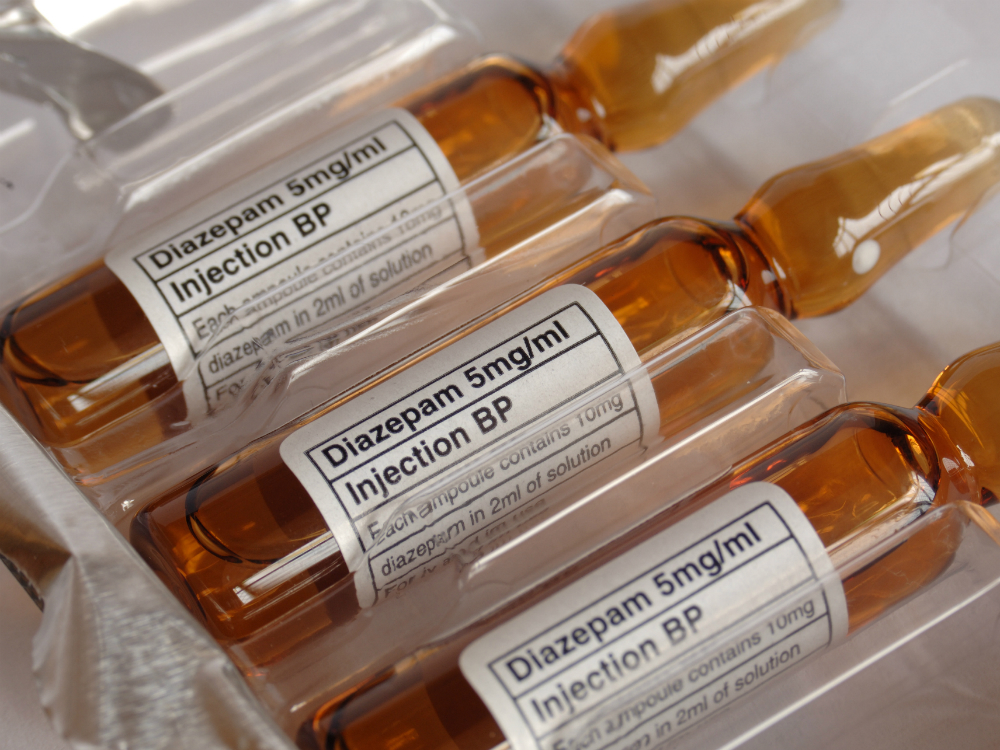
1976 MDMA (ecstasy) Though it has seen a huge resurgence on the club scene in recent years, ecstasy first appeared in popular New York nightclubs such as Studio 54 back in the 70s and early 80s. It was created in 1912 as a potential treatment for abnormal bleeding.
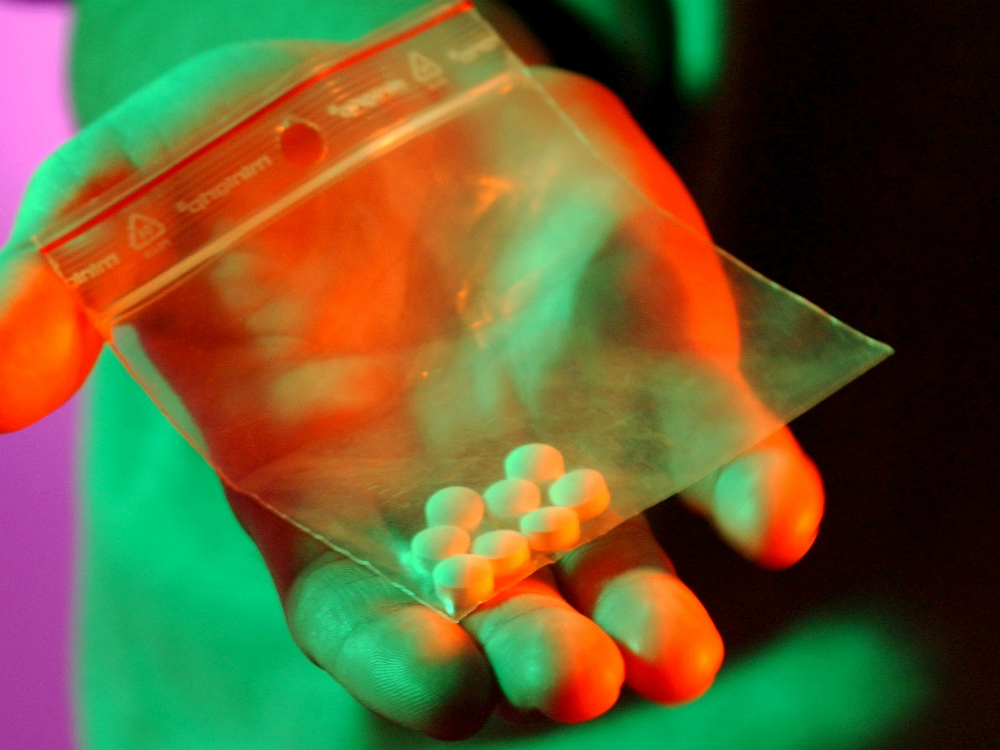
1986 Cocaine and crack cocaine Commonly taken by high-flying business types during this time, a survey in 1986 estimated that a massive 1 in 11 Americans had tried cocaine*. Back in the UK, crack-cocaine addiction was becoming a growing problem.
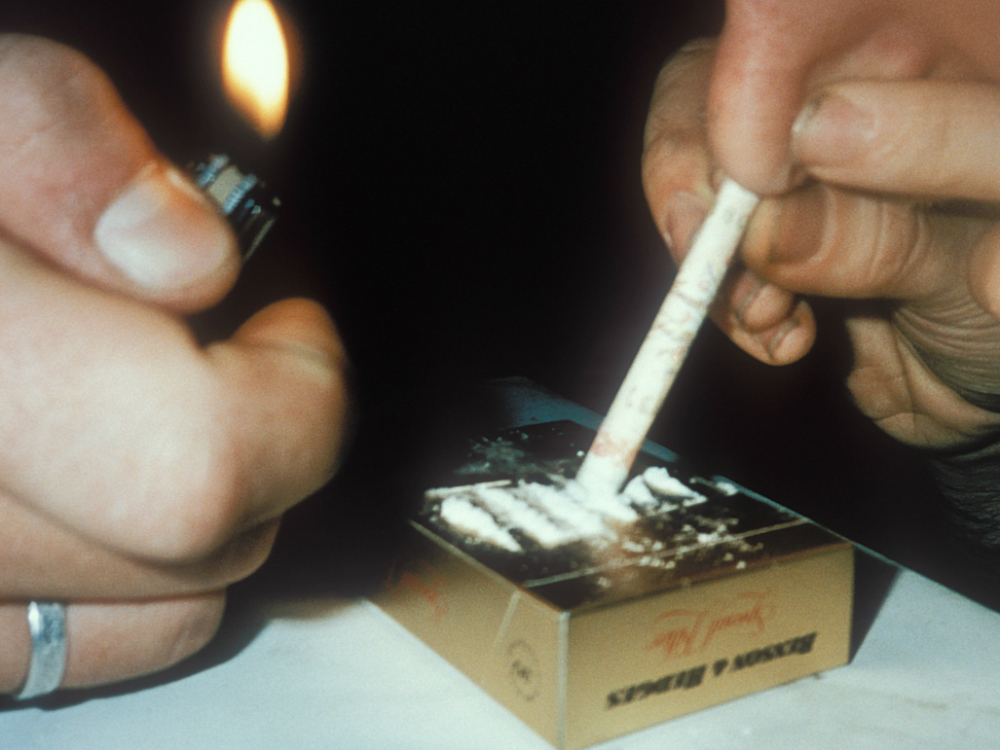
1990s LSD The hallucinogen, which first peaked in the 60s and again in the 70s, once more became a club favourite. Users enjoyed it for its mind-bending ‘trips’ lasting anywhere from six to 14 hours.
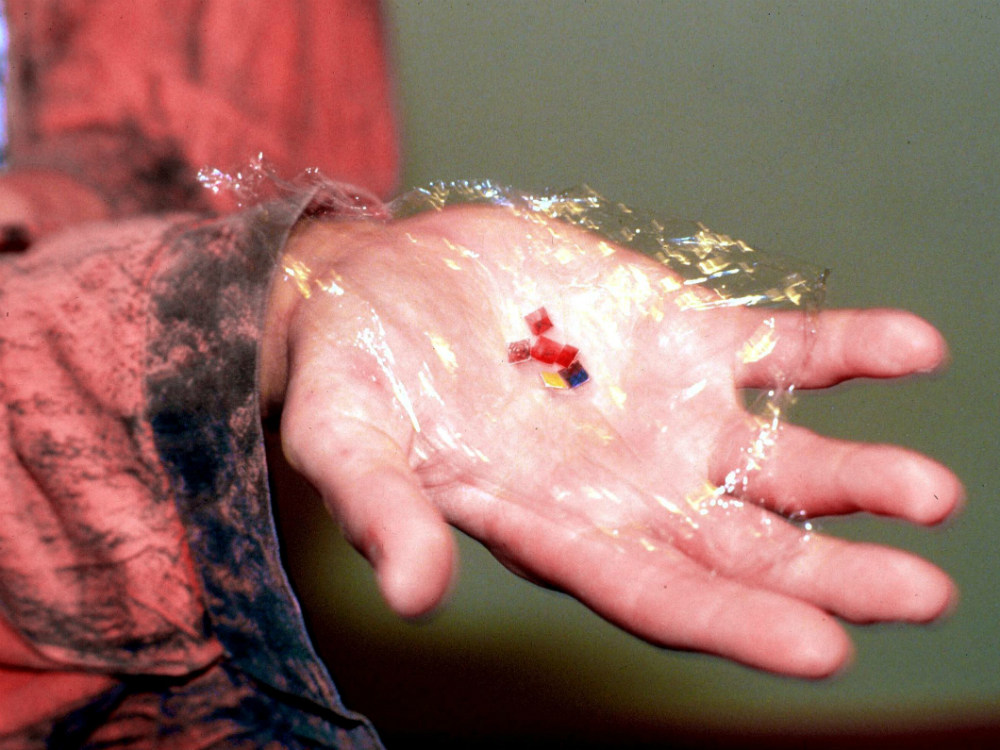
2007 Ketamine Commonly used as a horse tranquilliser, ketamine use had been growing year on year with an estimated 90,000 ketamine users in the UK*. As a result, cases of serious bladder problems (‘K bladder’) began to surface.
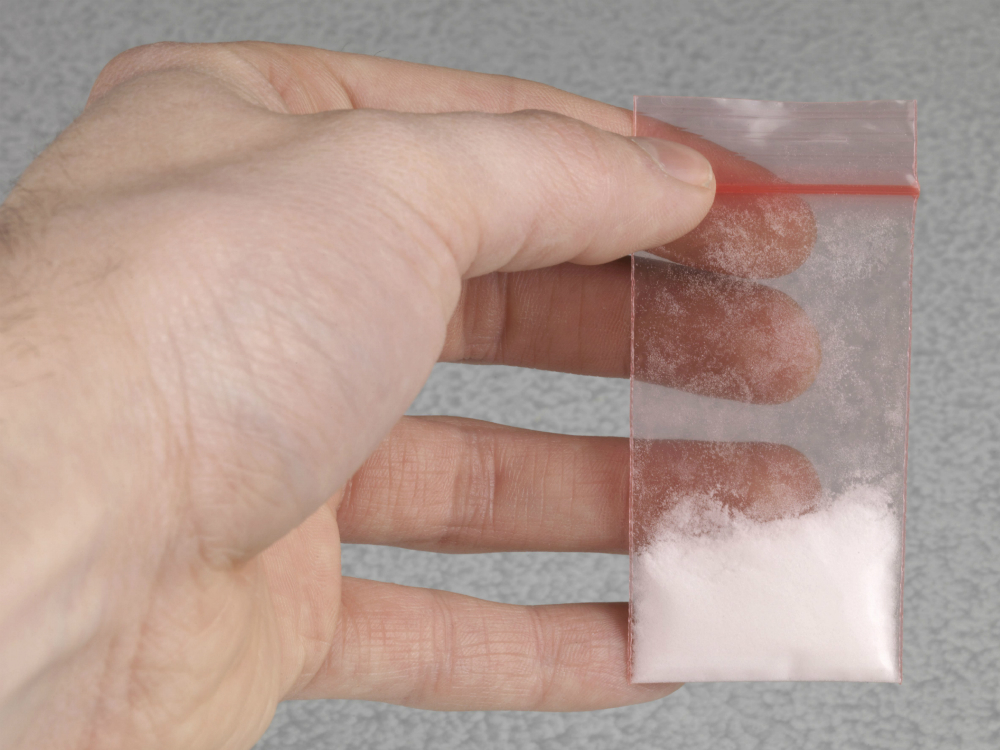
2016 NPS The Home Office says 47,000 women took New Psychoactive Substances (NPS) last year*. Experts warn these ‘legal highs’, which mimic cocaine, ecstasy and marijuana, could kill more users than heroin this year because they can be easily bought online.
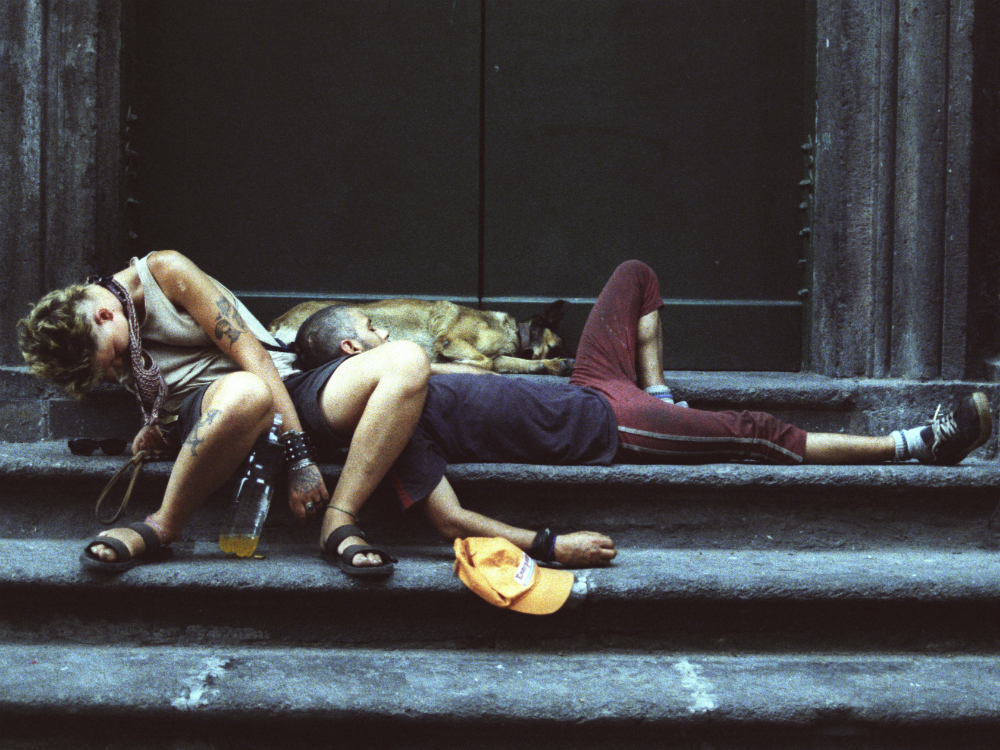
The leading destination for fashion, beauty, shopping and finger-on-the-pulse views on the latest issues. Marie Claire's travel content helps you delight in discovering new destinations around the globe, offering a unique – and sometimes unchartered – travel experience. From new hotel openings to the destinations tipped to take over our travel calendars, this iconic name has it covered.
-
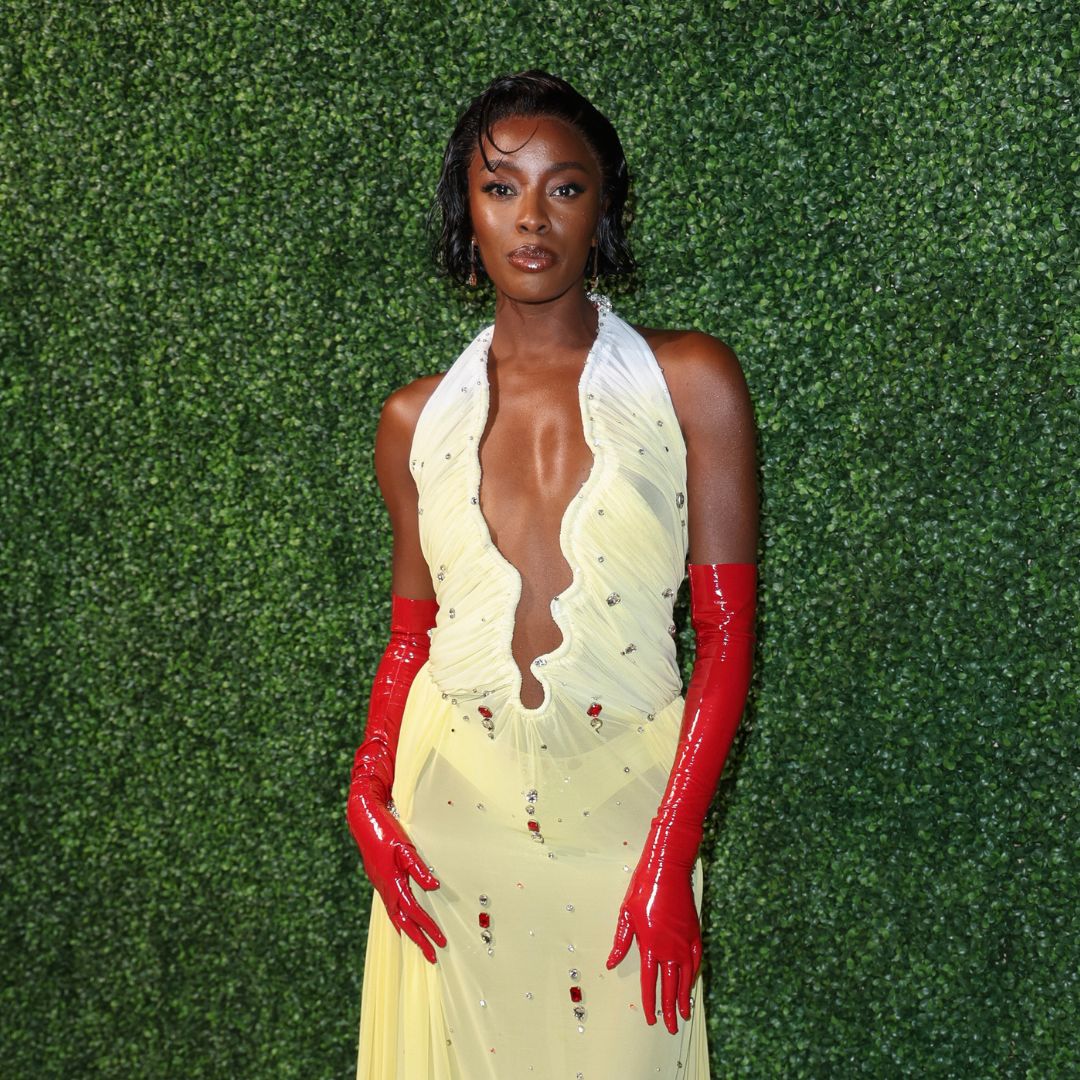 Anatomy Of A Wardrobe: TV presenter AJ Odudu is carving out her own lane, one show-stopping look at a time
Anatomy Of A Wardrobe: TV presenter AJ Odudu is carving out her own lane, one show-stopping look at a timeWatch as we take an exclusive look inside AJ's wardrobe
By Lily Russo-Bah
-
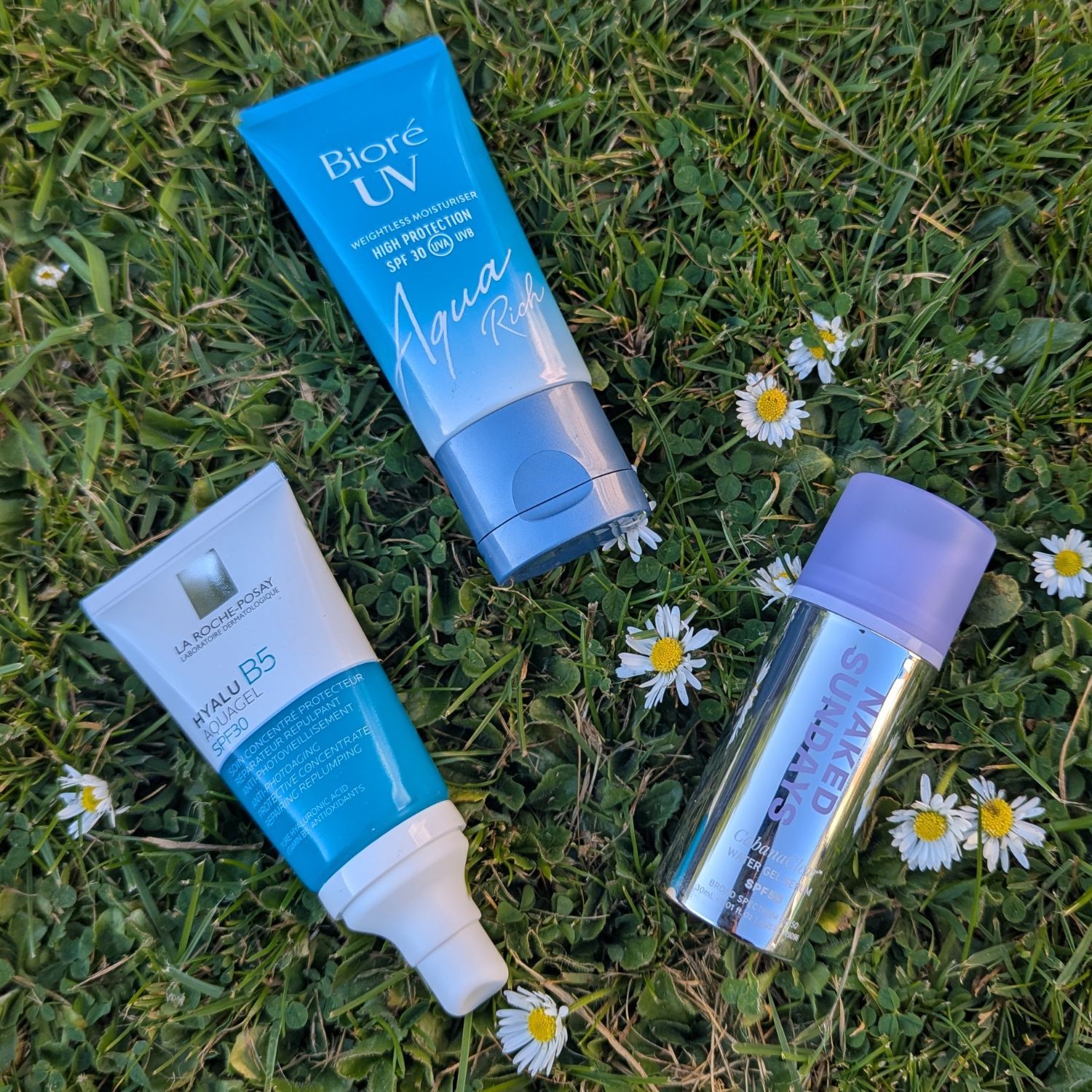 I’ve searched high and low for the best lightweight SPFs—these hydrating, water-based ones are a total game-changer
I’ve searched high and low for the best lightweight SPFs—these hydrating, water-based ones are a total game-changerNo excuses
By Jazzria Harris
-
 This perfume has been an icon for over 20 years, and for good reason—it’s soft, elegant, and oh so feminine
This perfume has been an icon for over 20 years, and for good reason—it’s soft, elegant, and oh so feminineFeminine but not *too* sweet
By Lucy Abbersteen